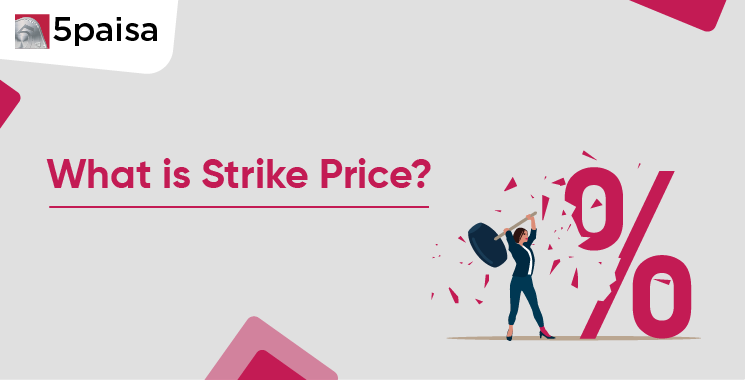Content
- Understand what Strike Price in Options Trading is
- What is Strike Price in Options Trading?
- Strike Price Examples or Examples of Strike Price
- Factors That Affect Your Strike Price or Factors to Consider Before Picking Your Strike Price
- In Review
- Strike Price vs Spot Price in Simple Terms
- How Should You Select the Strike Price?
Understand what Strike Price in Options Trading is
All the investors in the derivative market are well aware of the meaning of strike price in options trading. It is common terminology used by all options traders.
Choosing the right strike price is an important decision a trader has to make while dealing with an options contract.
You may incur heavy losses by selecting the wrong strike price. The output of your option trade largely depends on the strike price. Call and Put options are two main types of options contracts. Read on to understand – What is strike price in options trading?
More Articles to Explore
- Difference between NSDL and CDSL
- Lowest brokerage charges in India for online trading
- How to find your demat account number using PAN card
- What are bonus shares and how do they work?
- How to transfer shares from one demat account to another?
- What is BO ID?
- Open demat account without a PAN card - a complete guide
- What are DP charges?
- What is DP ID in a demat account
- How to transfer money from demat account to bank account
Disclaimer: Investment in securities market are subject to market risks, read all the related documents carefully before investing. For detailed disclaimer please Click here.
Frequently Asked Questions
The strike price is set by the exchange when the option contract is created. Traders can then choose from a list of available strike prices based on their trading strategy.
No, the strike price is fixed in the option contract, while the market price (or spot price) keeps changing based on real-time supply and demand in the market.
In most cases, the strike price and exercise price mean the same thing. Both refer to the price at which the option can be exercised by the buyer.
Yes, the strike price directly impacts the premium. Options closer to the market price usually have higher premiums, while those further away tend to be cheaper.



